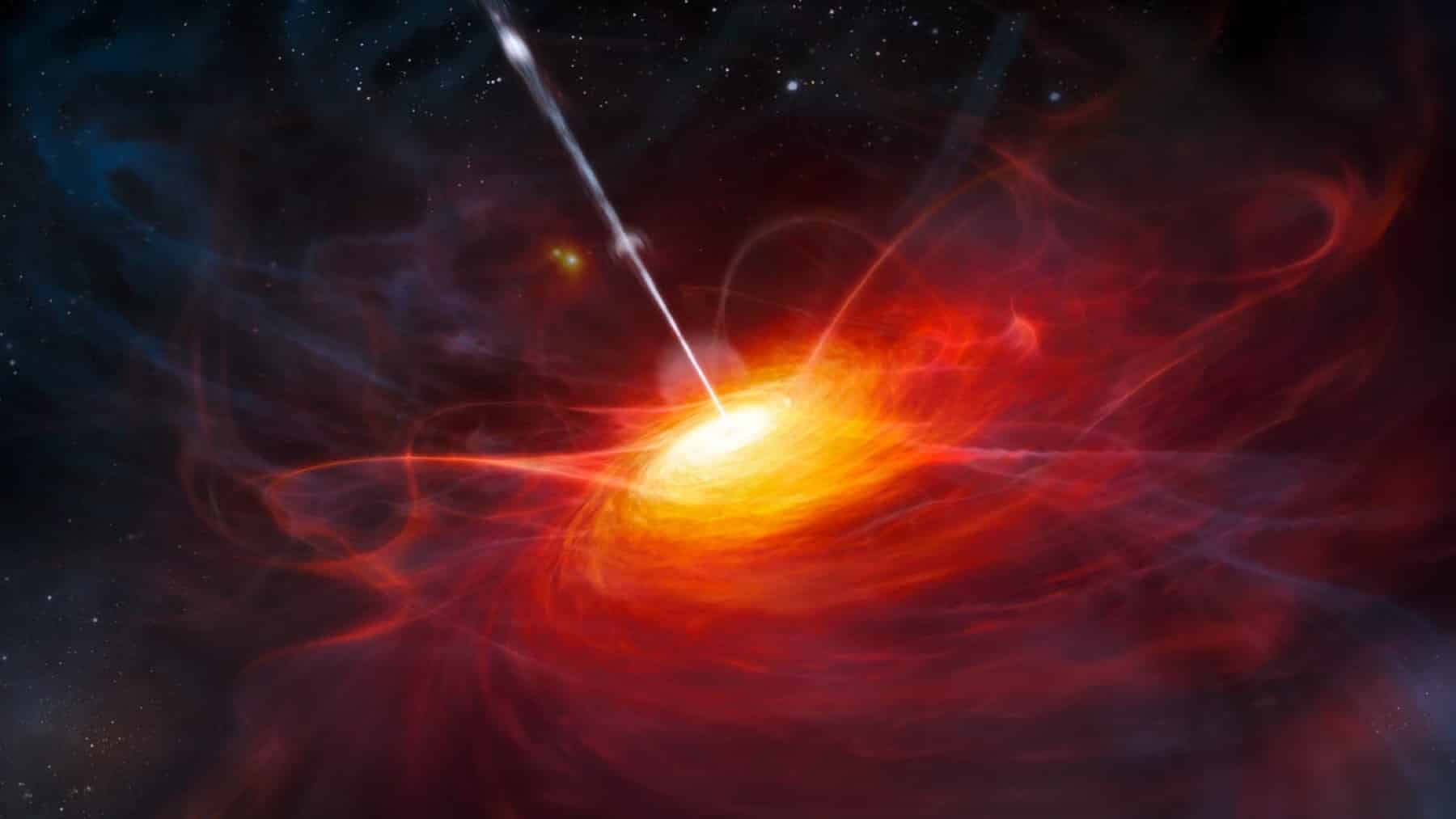To a lot of enthusiasts, the figure 66 billion might seem out of reach, but for seasoned astronomers, this is a ballpark figure. This massive number stated here is only referring to the mass of the entity and not the physical size. While astronomers and scientists are not newbies when it comes to cosmic figures such as this, the sheer scale of this phenomenon dwarfs all pre-existing concepts about cosmic phenomena.
66-billion-sun cosmic monster: peeling off the layers to reveal the scale
“Monster” denotes a thing of extraordinary and daunting size; this is going to be the bedrock of the context therein – an ultramassive phenomenon of immense gravitational scale. Originally, in the science of astronomy, the Milky Way was generally considered to be the largest existing phenomenon within the fabric of the cosmos. This “monster” dwarfs the Milky Way in comparison. Simply put, the “monster” is a colossal force that is to be reckoned with.
The science of astronomy is governed by astrophysical and scientific laws, especially regarding the aspect of the universe. This is why several principles, like the cosmological principle, exist, among many others. An emerging reality is that the “cosmic monster” is vigorously challenging the laid rules of astrophysics and science itself, causing astronomers to re-examine and reinvent the very laws that shape the study of our universe.
Imagine this possibility: all the stars in the Milky Way, compact and thriving without complications or aberrations. Even this doesn’t clearly depict an accurate representation of the “monster’s mass.” In case you’re wondering what this “cosmic monster” could be, its popular name is Tonantzintla 618, abbreviated as (TON-618). And it exists in the form of a black hole.
The occurrence of a black hole of this mass interferes with the preconceived perception of how black holes occur and form within our universe (just like this black hole mystery recently unveiled).
Examining the theories that explain the formation of TON-618
Researchers and astronomers from all around have come together to stipulate theories that explain the occurrence of TON-618. Among these theories, two special ones stand out:
- The theory based on rapid early growth: This theory stipulates that TON 618 might have emerged from dense primordial star clusters in the early universe, when the Big Bang was still in effect.
- Accretion and mergers theory: A theory that establishes that TON 618 got to this mass by feeding on interstellar phenomena, gas, and black hole mergers.
While these theories aim to explain the formation of TON 618, they fail to substantiate its cosmic origin due to inaccurate evidence of primordial proof. This is why TON 618 is under close observation.
Implications of the study of the cosmic giant
It is now evident that the laws of formation of black holes do not apply to TON 618. This is why special attention is placed to detect the origin of its formation. Typical black holes have several limitations holding them back from gaining extra mass, but these limitations have been shattered for the longest time.
There are no limits to the possibilities that are bound to occur upon decrypting the primordial code of TON 618. A lot of questions that even Sir Einstein’s general relativity equation could not solve may be answered in no time.
The existence of the 66-billion-sun monster challenges a lot of theories about the formation of black holes in our universe. This recent discovery changes everything, but will humanity step up to the occasion and carefully decrypt the hidden message that the universe is sending to reveal the subtle secrets of our vast cosmos (like this mysterious discovery was decrypted), or will humanity sit this one out?
